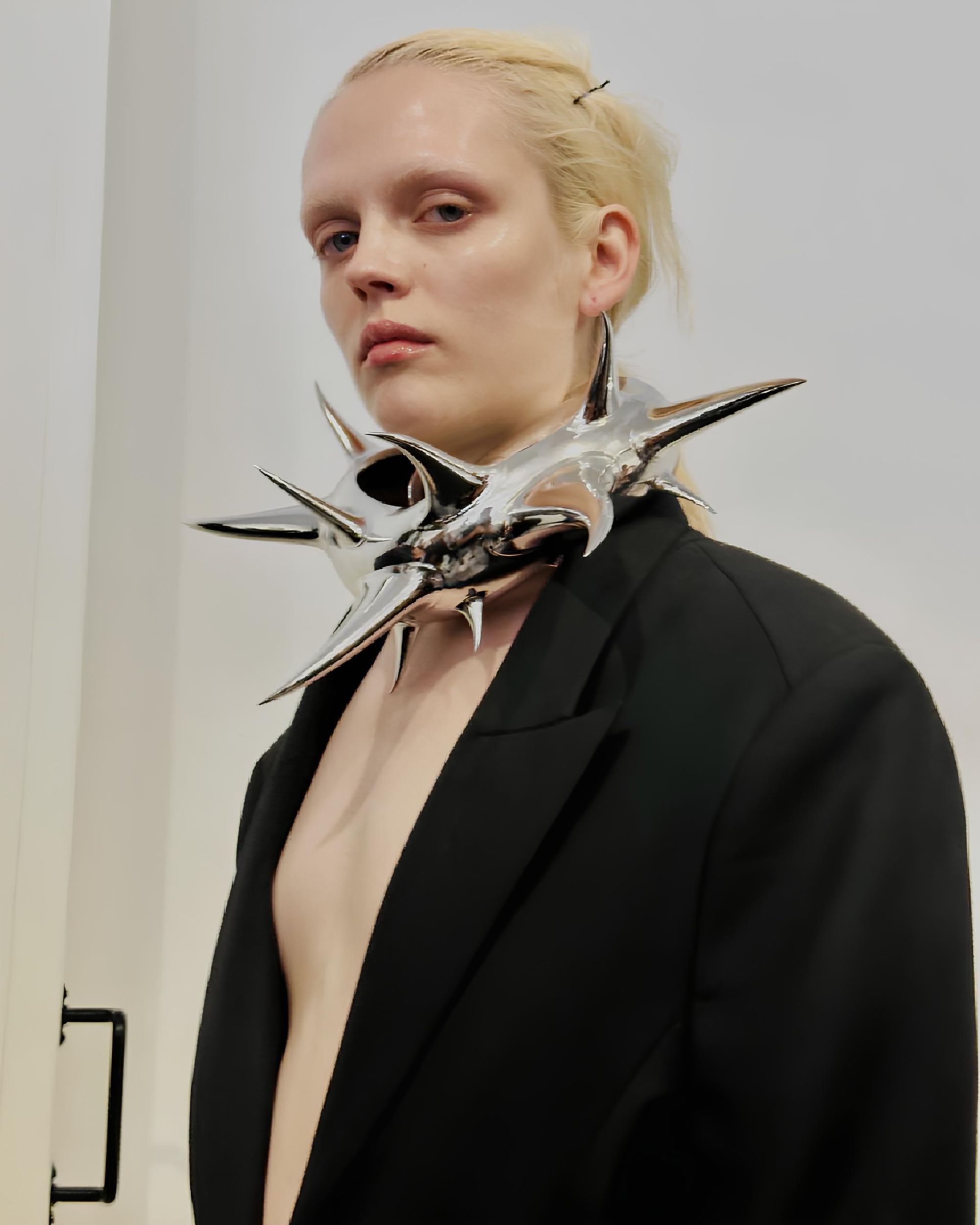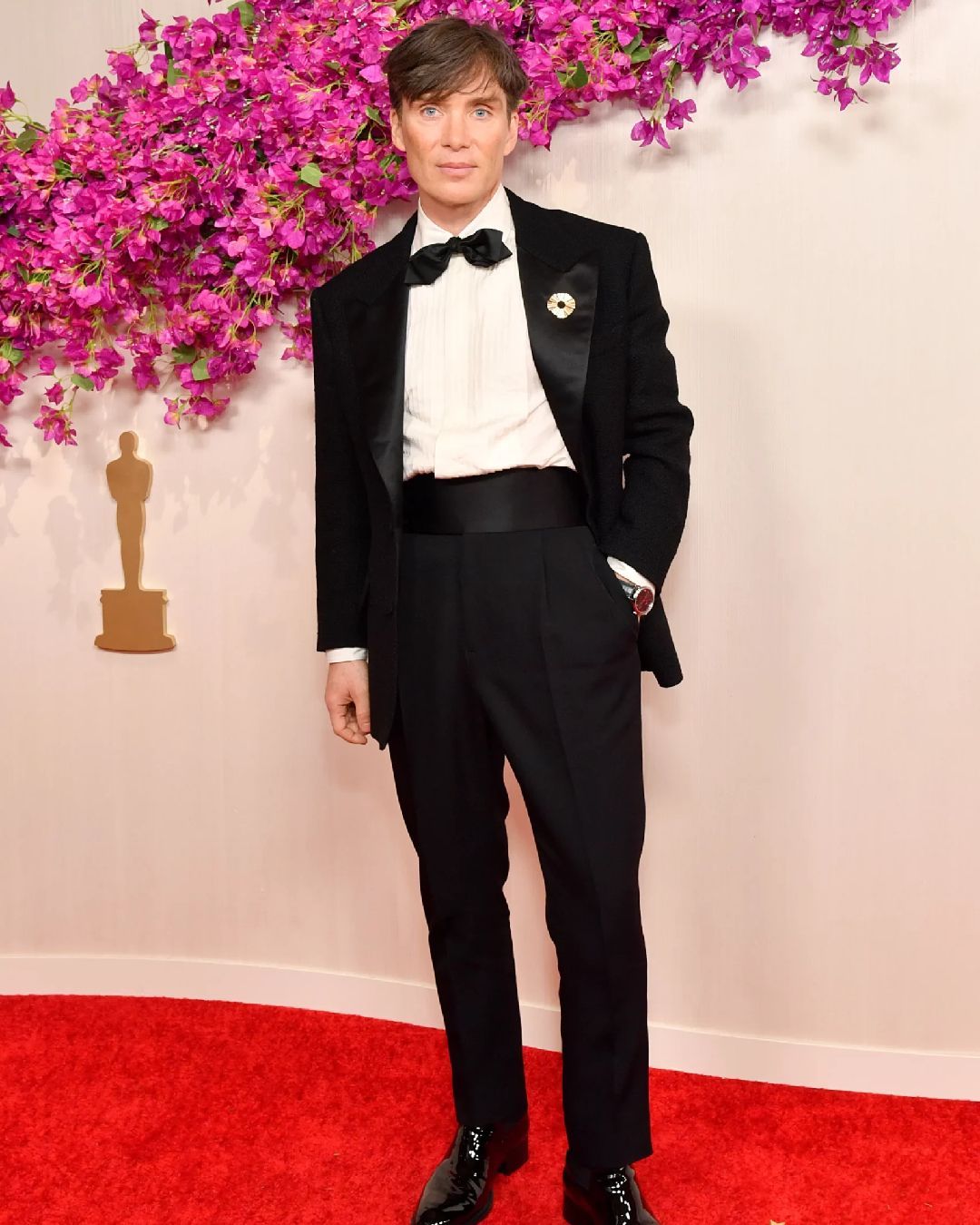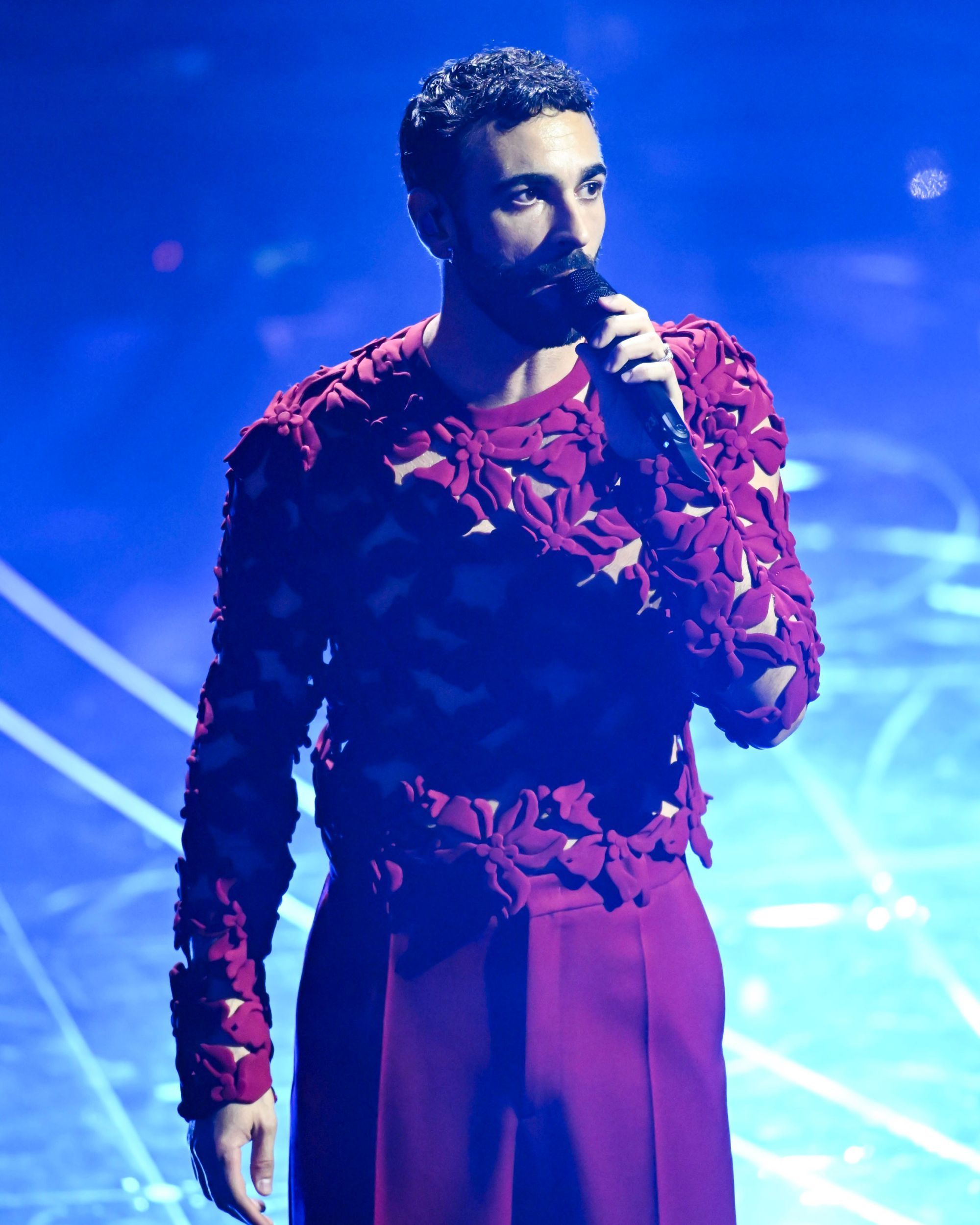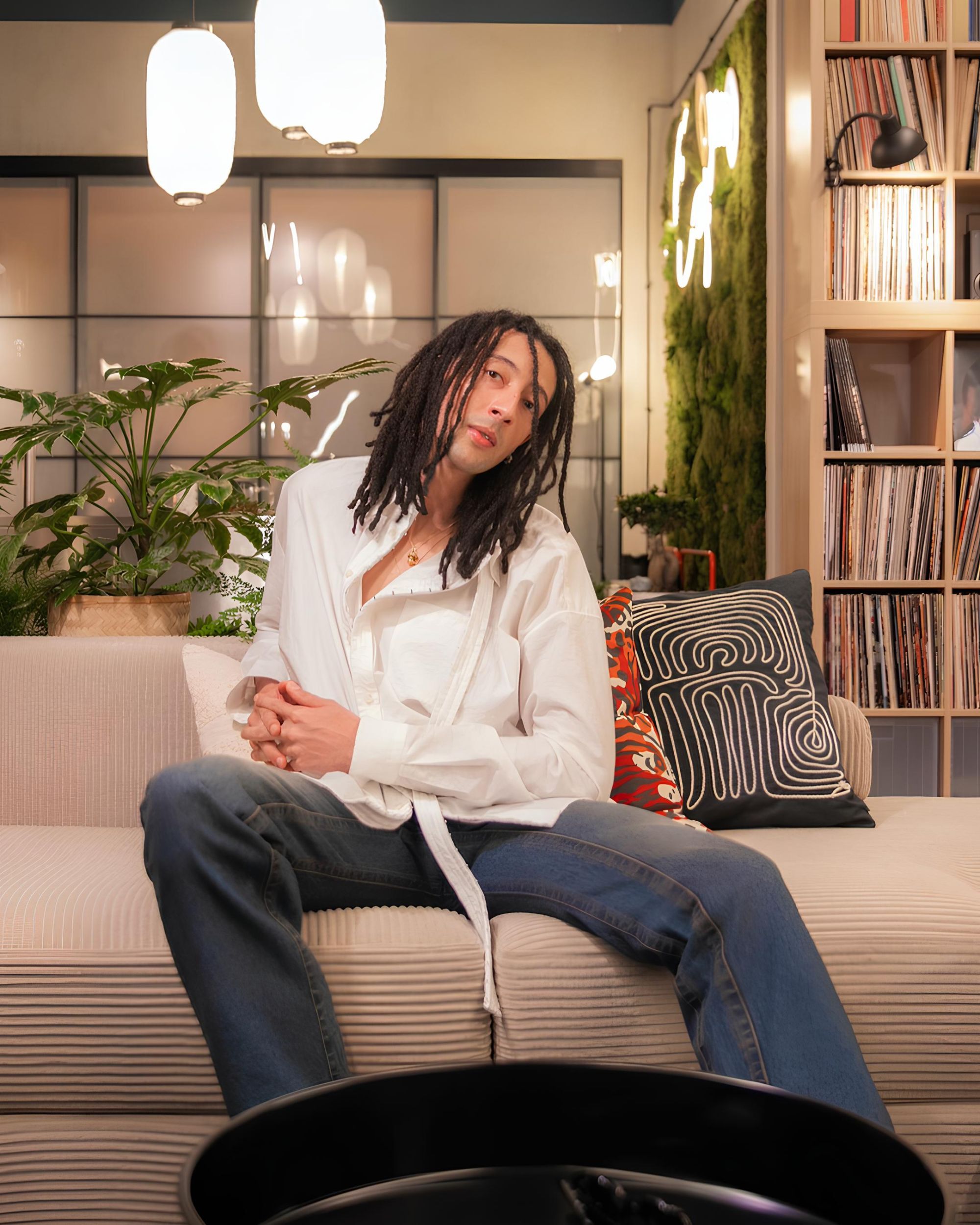
Do you remember 2016? The year that rewrote rap in Italy told in Esse Magazine documentary
When you do something big everyone knows you, loves you, and hates you. When you do something big it happens that you are marketable, you change the system, and whoever runs it becomes you. Then it happens that they talk about you in books, on TV, and social media, and they call Jake La Furia, a heavyweight of Italian rap, to be the narrator in your documentary. But the "I" doesn't exist in this story, "we" exist. Because together we grew up and became great, together we took everything. Together, Sfera, Tedua, Izi, Rkomi, Ghali, Tony, Wayne, Side, Pyrex, Enzo, of them and many others have rewritten the rap game rules. “There could not have been 2016 without this sense of unity, without this desire to work as a team” reveals to me Alessandro Quagliata, editor-in-chief at Esse Magazine, which produced the 2016 - L'anno Della Trap. They are the new school, which is the current one, which now teaches the new generation, and which since last September 16th has been told in streaming and on television. This happened when you start trap rap in Italy in 2016.
I was there in 2016, and I remember it. I remember the enthusiasm of the moment, that I was fifteen, at the height of my adolescence, and we were crazy for this music considered boorish, ridiculous, and meaningless. In my class, a girl always sang the songs of the Dark Polo Gang, and at first, I didn't explain why. «These do not do the rhymes, they only talk about bullshit» was my argument and that of many like me. Then a real conversion took place, something that involved all those who thought so around Italy. It was inevitable that trap rap would take us all. Ghali knew it, he was the first to read in tomorrow and go out on Spotify with his singles. "Ninna Nanna" and "Pizza Kebab" - which I still sing - perhaps still hold some records for streaming today, and it's not something that would surprise anyone.
What surprised us was the sound of trap in 2016, something fresh and new, even atypical, but above all international. When Santeria by Marracash and Guè, two veterans of the scene, came out, we all immediately understood that we were facing an instant classic, something invaded by young influences and ideas, still obscure to the typical Italian sound. I'm not saying rap before 2016 was boring - it was just another type of rap. "It can certainly be said that trap rap has brought a breath of fresh and international air to the Italian scene, in 2016 for the first time Italy began to be no longer 'behind' by a few years compared to the foreign sound, but it was perfectly in step with the times”, points out Davide Vicari, who is the director of 2016 - L'anno Della Trap. As he confirms later, those who came six or seven years ago took care of moving everything, starting the revolution. Charlie Charles and Sick Luke were the architects of the new sound, the great puppeteers; XDVR and Crack Musica were the founders of the genre. Then there is Orange County, the alternative, or Dasein Sollen, the hidden gem in plain sight. Sfera Ebbasta had seen well in "Rapina": "I know that everything will change 'as an omen". It's a song from 2015, but 2016 is so mythical that it deserves a prologue.
From Genoa to Milan, from Rome to Naples, the Italian trap was immediately revelatory, breaking for the industry. For the streaming issue, but also the influence brought to popular culture. Because if I follow fashion today it's because I heard Tony Effe talking about Fendi and Gucci and because it was not normal for everyone to start getting into streetwear just as a new rap scene was forming, with their protagonist's designers dressed from head to toe. "The main factor was the coming of the Instagram stories because all the teenagers in Italy found themselves immersed in the lives of the stars of the movement, we knew their outfits every day, we heard their slang" adds Davide, underlining the value that the rappers of the new school immediately assigned to their image. Everything was designed to give credibility, to make themselves real in the eyes of young people, to become everything they, the fans, wanted to be: guys with immediate success, capable of redeeming themselves after a troubled past.
It was a must that a documentary was dedicated to 2016. Too great the importance of that year, too exorbitant the catchment area who needed to relive a whole year of their life again, not to think about those who in 2016 were still too young and only heard those stories told. “It's difficult when you are experiencing something to perceive that something historic and worthy of a documentary is happening because there is a lack of historical perspective. But that everything was new, yes, certainly. There was euphoria in the air" concludes Alessandro, who confirms my thoughts about it: we all realized that something of enormous importance was happening and that we had to be there, and live it.
The Thrasher hoodies, the Saint Laurent goggles - which we then bought fake on Amazon and Wish -, the rings and necklaces, the immaculate or destroyed Air Force 1s, it made no difference, they just had to be there. We were happy and, for once, we knew it. We sang "Chic" and "Wasabi Freestyle" under the beach umbrella, and put a red bandana through our hair to imitate our new favorite rapper. With the Instagram stories, we have documented many moments of that period, to immortalize in fifteen seconds something that in those fifteen seconds could not even be introduced, that only a documentary could sublimate. Now we have it, to look at as a scrapbook, to smile and maybe get emotional. And then also to listen to all the music of that unrepeatable year, which, quite simply, will never be forgotten.















































